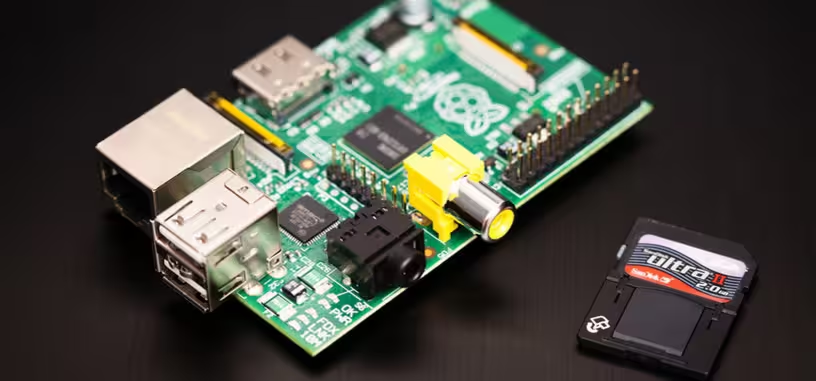El mini PC con procesador ARM creado para enseñar a programar en las escuelas pero que ha tenido una gran acogida entre los aficionados cumple hoy dos años. En este tiempo se han vendido 2,5 millones de unidades en todo el mundo de los dos modelos que se venden por 25 y 35 dólares.
Además, la Fundación Raspberry Pi ha decidido crear un pequeño concurso para desarrollar drivers gráficos open source en vez de los que utilliza actualmente. La recompensa son 10.000 dólares para el que consiga hacer funcionar Quake III en la Raspberry Pi a una cantidad de fotogramas por segundo adecuada.
In common with every other ARM-based SoC, using the VideoCore IV 3d graphics core on the Pi requires a block of closed-source binary driver code (a “blob”) which talks to the hardware. In our case, this blob runs on the VPU vector processor of the BCM2835 (the SOC or System On a Chip at the heart of the Raspberry Pi); our existing open-source graphics drivers are a thin shim running on the ARM11, which talks to that blob via a communication driver in the Linux kernel. The lack of true open-source graphics drivers and documentation is widely acknowledged to be a significant problem for Linux on ARM, as it prevents users from fixing driver bugs, adding features and generally understanding what their hardware is doing.
Earlier today, Broadcom announced the release of full documentation for the VideoCore IV graphics core, and a complete source release of the graphics stack under a 3-clause BSD license. The source release targets the BCM21553 cellphone chip, but it should be reasonably straightforward to port this to the BCM2835, allowing access to the graphics core without using the blob. As an incentive to do this work, we will pay a bounty of $10,000 to the first person to demonstrate to us satisfactorily that they can successfully run Quake III at a playable framerate on Raspberry Pi using these drivers. This competition is open worldwide, and you can find competition rules here which describe what you have to do, and how to enter.
Vía: TechCrunch.





